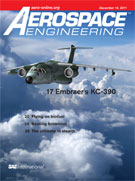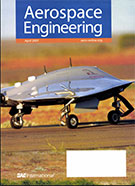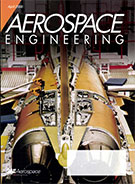Magazine

Automotive Engineering International 2000-07-01
2000-07-01
Gentlemen ... start your browsers To B2B or not to B2B, that is the question major players in the automotive industry must ask themselves as business-to-business e-commerce -- "B2B" -- becomes the very first trend of the 21st century. With new online alliances being forced almost daily between OEMs and suppliers -- and with some suppliers creating their own networks -- AEI looks at some of the most prominent B2B players. Global Concepts This review of some of the more significant vehicles from this past year's motor shows showcases trends in design and technology from the world's automakers. Automotive electromagnetic emissions measurements Theoretical modeling and practical measurements are used to investigate the validity of measuring electromagnetic emissions at close ranges. Assessing and analyzing driveability Engineers use in-vehicle data-acquistion and analysis tools to develop and refine vehicle calibrations for good driveability performance.



















